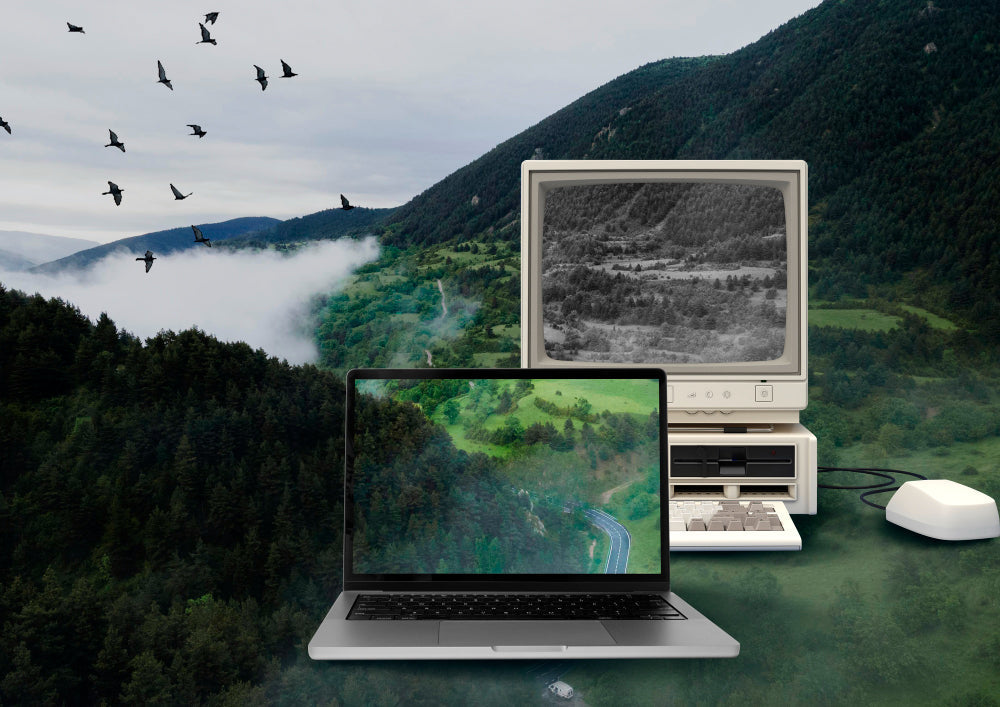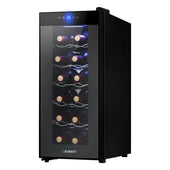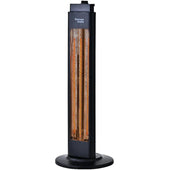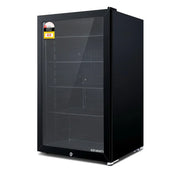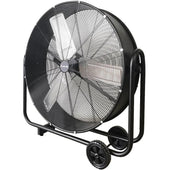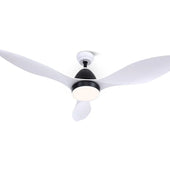Introduction: The Journey of Computer Monitors
The evolution of computer monitors spans decades, reflecting advancements in technology and changing user needs. Early monitors relied on cathode ray tube (CRT) technology, delivering bulky designs with limited resolution and colour capabilities. Over time, flat-panel displays such as liquid crystal displays (LCD) and later light-emitting diode (LED) screens became prevalent, offering slimmer and more energy-efficient alternatives. As demand for high-definition graphics grew, innovations pushed the boundaries, introducing widescreen models, 4K resolution, and curved displays. Key milestones include the advent of touch-enabled monitors and adaptive refresh rate technologies, revolutionising user interactivity and enhancing visual storytelling across industries.
The Dawn of CRT Technology: The First Computer Displays
The introduction of Cathode Ray Tube (CRT) technology marked the beginning of computer displays. CRT monitors relied on electron beams to excite phosphor-coated screens, creating visible images. During Days, Developed from television technology, they initially offered limited resolution and monochrome output.
Key Features of Early CRT Displays:
- Monochrome Displays: Early CRT monitors displayed shades of black and white or green and amber, making colour representation rare.
- Bulky Design: These devices were heavy, large, and required significant desk space.
- Low Refresh Rates: Flicker was common due to lower refresh rates, impacting visual comfort during extended use.
- Limited Interaction: Inputs were text-based, catering primarily to professional and academic audiences.
This pioneering technology laid the groundwork for future advancements in display innovation.
Flat Panel Revolution: The Rise of LCD Monitors
The transition from bulky cathode ray tube (CRT) displays to flat panel liquid crystal display (LCD) monitors revolutionised the computing experience. LCD technology offered significant advantages, including reduced physical footprint, lower power consumption, and superior image clarity. Early LCD monitors relied on cold cathode fluorescent lamps (CCFL) for backlighting, later replaced by energy-efficient LED backlights for thinner and brighter designs.
LCD panels introduced variations like twisted nematic (TN), in-plane switching (IPS), and vertical alignment (VA) technologies to improve colour accuracy and viewing angles. Dominating the marketplace by the late 2000s, LCD monitors became essential for professional and consumer applications, eventually paving the way for modern 4K and HDR-capable displays.
LED Monitors: Energy Efficiency Meets Better Visuals
LED monitors utilise light-emitting diodes as their backlighting technology, which enhances energy efficiency compared to older LCD displays. By replacing conventional fluorescent backlights, LEDs consume significantly less power, contributing to lower electricity bills and reduced environmental impact. Their advanced design also allows thinner screen profiles, making them ideal for both home and professional settings.
In terms of visuals, LED monitors present sharper image quality with better contrast ratios and richer colour reproduction. Rapid response times reduce motion blur, providing smoother visuals during gaming or video playback. Additionally, LED technology supports higher levels of brightness, enhancing visibility in well-lit environments without compromising picture quality.
High-Definition Era: From HD to Full HD Screens
The transition to higher screen resolutions marked a turning point in monitor technology. During the mid-2000s, high-definition (HD) screens, with a resolution of 1280x720 pixels, became the standard for improved clarity and detail. HD monitors introduced sharper images, making them ideal for multimedia use and early HD video streaming.
Shortly after, Full HD (1920x1080 pixels) screens emerged, dwarfing the capabilities of their predecessors. These displays offered a richer visual experience, aligning with advancements in gaming and entertainment.
The demand for enhanced visuals prompted manufacturers to focus on better colour accuracy, improved refresh rates, and widescreen formats, all of which shaped modern computing habits.
The Advent of 4K Displays: A New Benchmark in Resolution
The introduction of 4K displays marked a pivotal turning point in the evolution of computer monitors, delivering a resolution of 3840 x 2160 pixels. This advancement quadrupled the pixel density of Full HD displays, offering users unparalleled clarity and detail. With increased resolution, productivity tasks benefited from sharper text and enhanced multitasking capabilities, while gamers and creatives experienced immersive environments and precise visual rendering.
4K technology also fostered growth in display sizes, as larger screens could maintain exceptional clarity. Hardware improvements, like powerful GPUs and HDMI 2.0, facilitated seamless support for 4K, cementing it as an industry standard for modern monitors.
Curved Screen Technology: Immersion and Aesthetic Appeal
Curved screen technology represents a significant evolution in computer monitor design, enhancing both functionality and visual appeal. By mimicking the curvature of the human eye, it ensures a more natural viewing experience, reducing strain during prolonged use. This curvature helps to create a sense of depth, enabling users to feel immersed in their work, games, or media.
Benefits of Curved Screens
- Enhanced Immersion: The wrap-around effect provides a more engaging and panoramic viewing experience.
- Reduced Distortion: It minimises image distortion at the edges compared to flat screens.
- Aesthetic Design: The curved form factor lends monitors a sleek and modern look, complementing contemporary workspaces.
Ideal for gamers, creative professionals, and everyday users, curved screens merge practicality with elegance.
Gaming Displays and Refresh Rates: Monitors Evolving for Gamers
As gaming gained momentum, monitors advanced to meet the demands of performance-focused players. Enhancing refresh rates, which represent the number of times a screen refreshes per second, became crucial. Traditional 60Hz monitors struggled with fast-paced action, causing motion blur and tearing. Gamers sought smoother experiences, encouraging development of 120Hz, 144Hz, and even 240Hz displays, with lower response times to minimise lag.
Technology like G-Sync and FreeSync synchronised monitors with graphics cards, reducing screen tearing and stuttering. Manufacturers began integrating HDR to improve contrast and colour fidelity, while ultrawide and curved displays emerged, expanding immersion. Such innovations transformed gaming into a highly visual and responsive experience.
Touchscreen Monitors and Beyond: Merging Technology and Interaction
Touchscreen monitors represent a turning point in how users interact with computers, offering direct, intuitive control through touch. They eliminate the need for peripherals such as a mouse or keyboard in many applications. Capacitive and resistive touch technologies dominate the market, catering to diverse usage environments.
Touchscreens have become essential across industries, powering kiosks, medical devices, and education tools. Advances in multi-touch functionality allow for gestures like zooming or rotating. Beyond touchscreens, innovations like gesture recognition, haptic feedback, and eye-tracking further evolve interactive displays.
Modern interfaces prioritise ergonomics and adaptability, ensuring inclusivity while seamlessly integrating technology with human interaction.
Portable and Flexible Displays: The Future of Screens
The advent of portable and flexible screen technology is revolutionising how users interact with displays. Organic Light Emitting Diode (OLED) and MicroLED technologies enable ultra-thin screens that can be rolled, folded, or stretched. These innovations improve durability while reducing weight compared to traditional panels. Flexible displays are central to upcoming developments in smartphones, tablets, and wearable devices.
Advantages are significant, including enhanced mobility, adaptability across curved surfaces, and innovative applications such as foldable laptops or rollable televisions. As research progresses, transparent and energy-efficient screens—integrated into clothing or furniture—could shape the future of ubiquitous computing. Industry adoption is accelerating globally.
Green Technology: Sustainable Innovations in Monitor Development
Manufacturers in the monitor industry are increasingly embracing green technology to reduce environmental impact. Sustainable innovations in this field primarily focus on energy efficiency, eco-friendly materials, and waste reduction.
- Energy Efficiency: Modern monitors incorporate LED backlighting and energy-saving modes that significantly reduce electricity consumption without sacrificing performance.
- Eco-Friendly Materials: Recycled plastics, sustainable aluminium, and non-toxic components are being utilised to minimise harm to the environment.
- E-Waste Reduction: Brands are introducing modular designs that allow parts to be replaced or upgraded, extending the monitor's lifespan.
Transitioning to sustainable practices reflects a growing emphasis on environmental responsibility, benefiting both consumers and the planet.
The Role of AI and Smart Features in Modern Displays
Modern computer monitors leverage artificial intelligence (AI) and smart features to enhance functionality and user experience. AI-powered technologies such as adaptive brightness automatically adjust screen illumination based on ambient lighting, reducing eye strain. Smart monitors utilise facial recognition for user personalisation, enabling quick access to individual preferences like resolution, theme, and layout.
AI-driven upscaling improves image and video quality by transforming low-resolution content into high-definition. Some displays integrate voice assistants, offering hands-free control over device settings and connected features. Smart algorithms detect and reduce harmful blue light emission dynamically. These features demonstrate the synergy between AI and display technology, creating responsive, optimised user experiences.
Conclusion: How Far We’ve Come and What the Future Holds
The evolution of computer monitors highlights rapid technological advancements and design ingenuity over decades. From CRTs' bulky beginnings to the elegance of ultra-thin OLED screens, each phase addressed new challenges while redefining user experiences. Innovations such as higher resolutions, reduced energy consumption, and refreshing aesthetics continue to shape displays.
Looking forward, the trajectory points towards even more immersive, sustainable, and adaptable designs. Emerging technologies like microLEDs, transparent displays, and tactile interfaces promise to reshape how monitors integrate into daily lives. With burgeoning fields like augmented reality blurring boundaries between screens and environments, the future of computing displays holds limitless potential.
